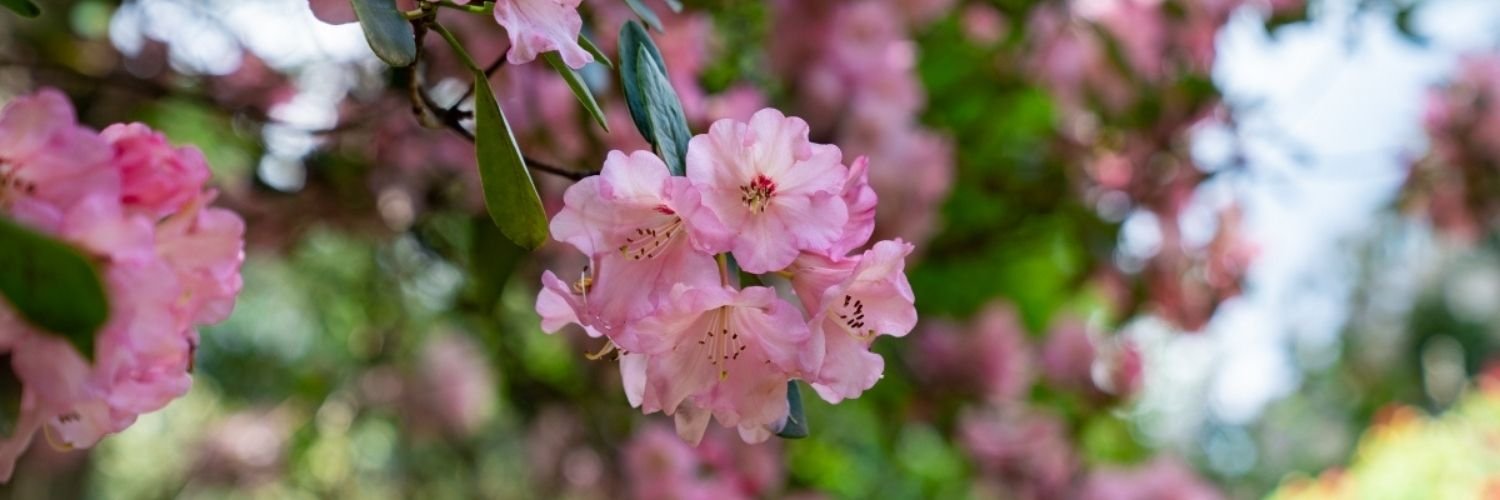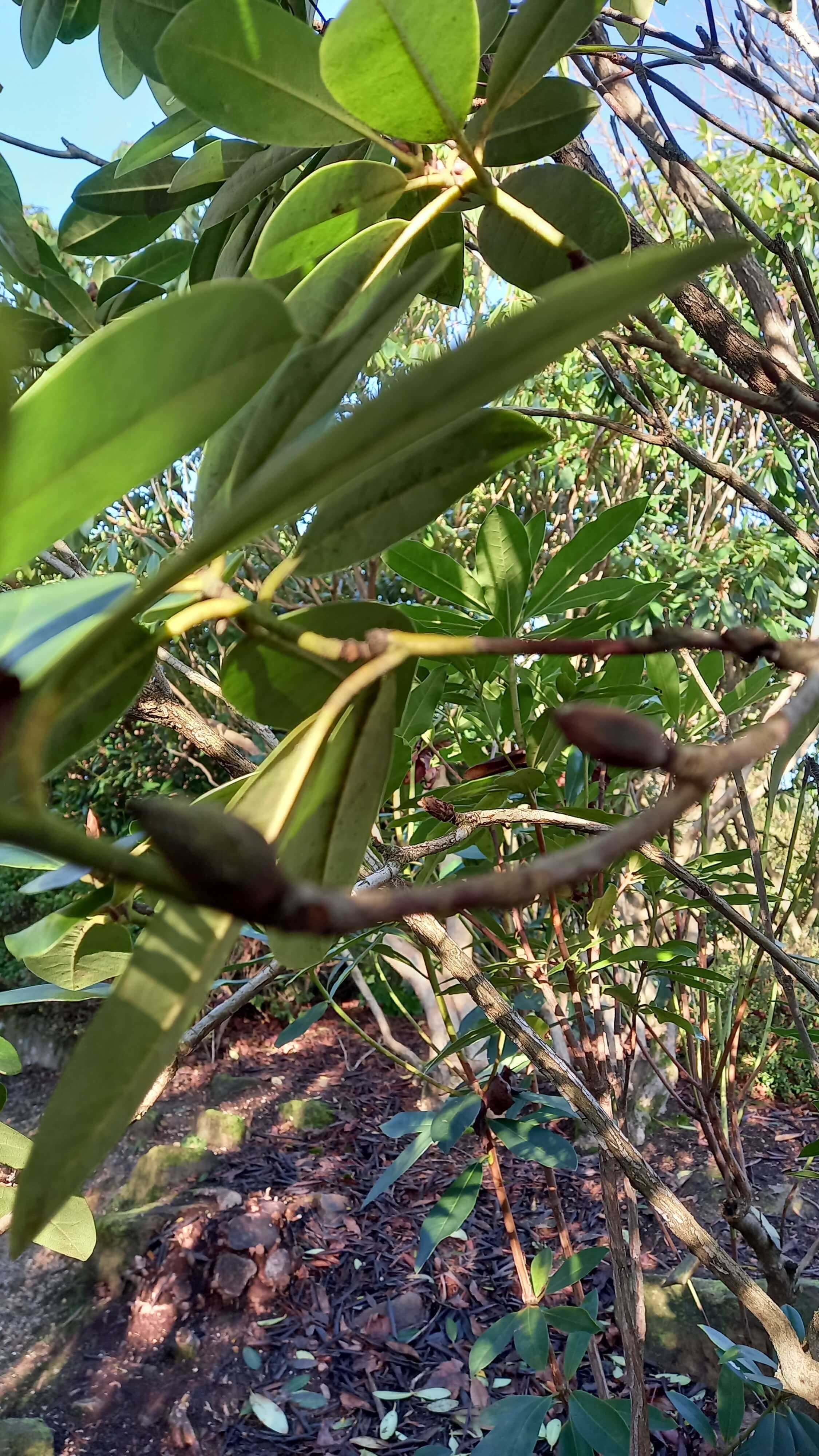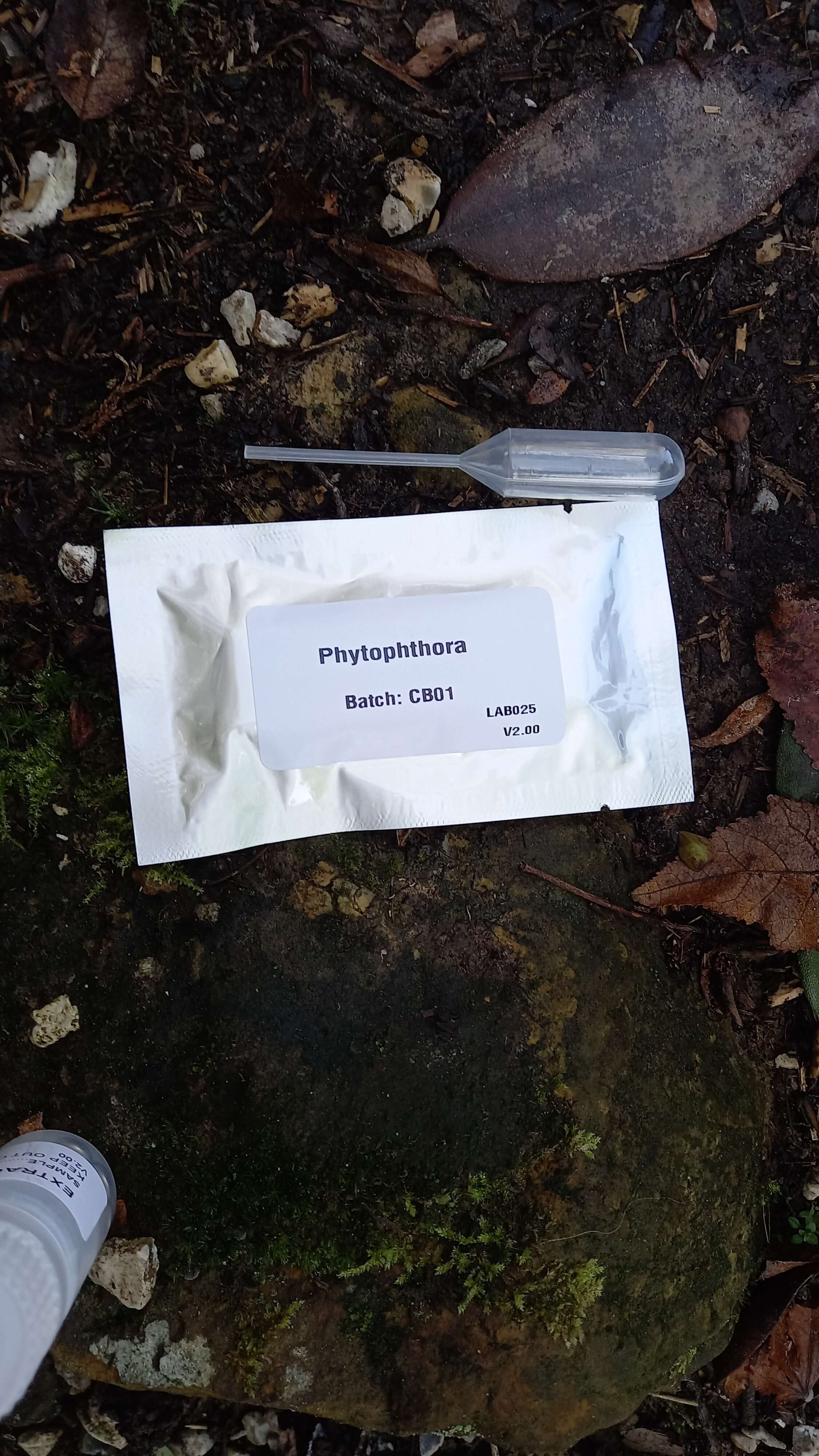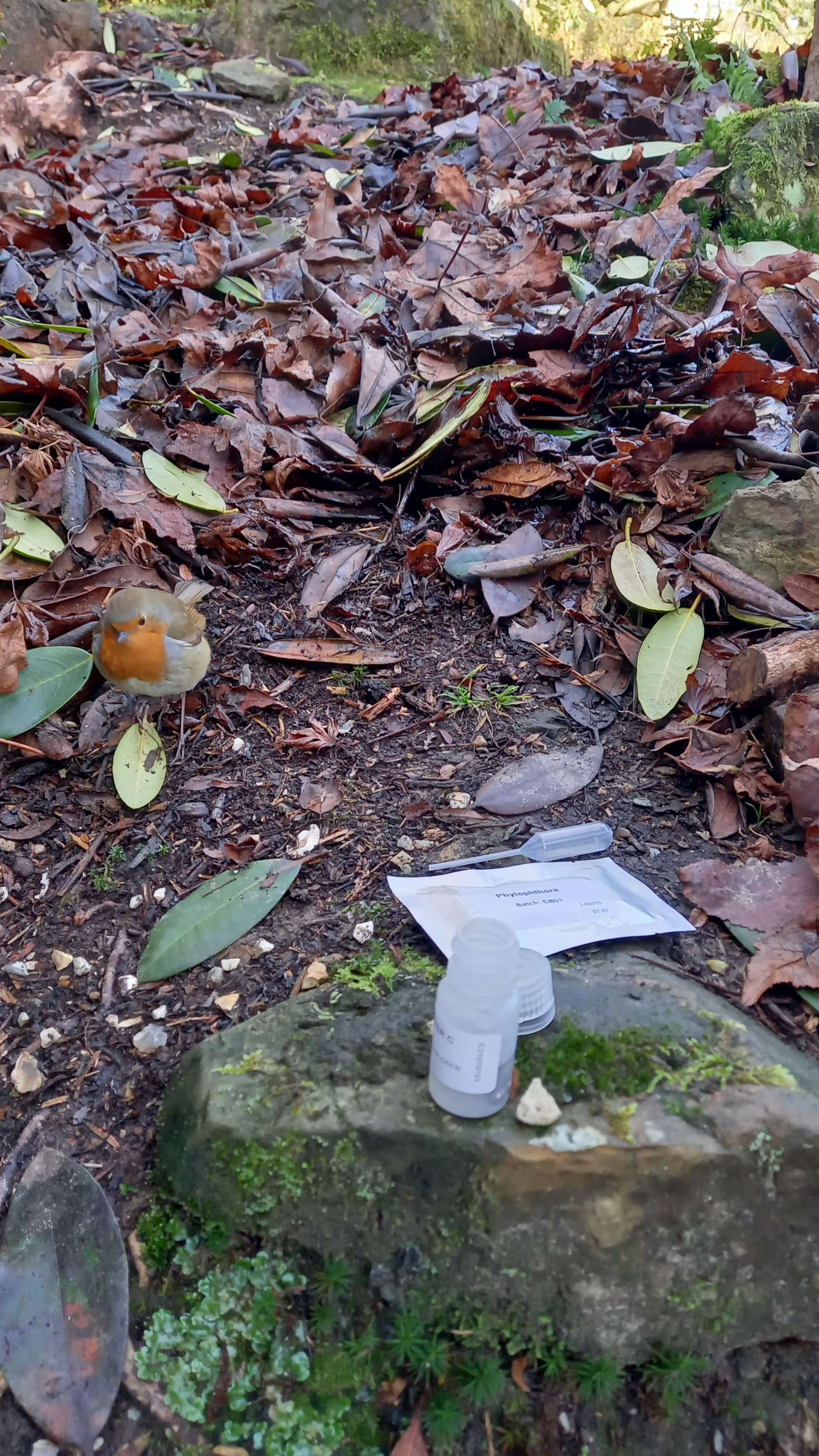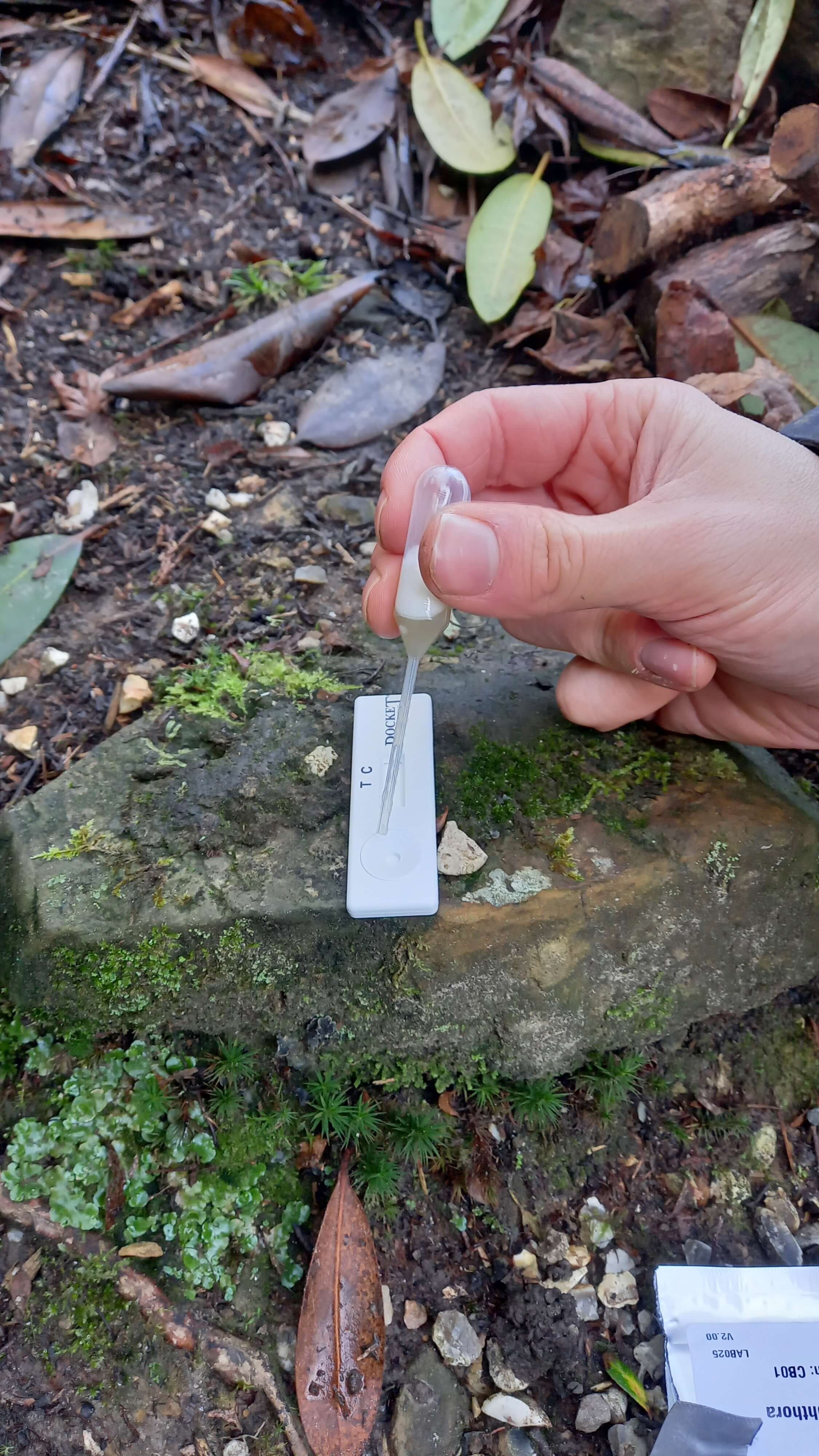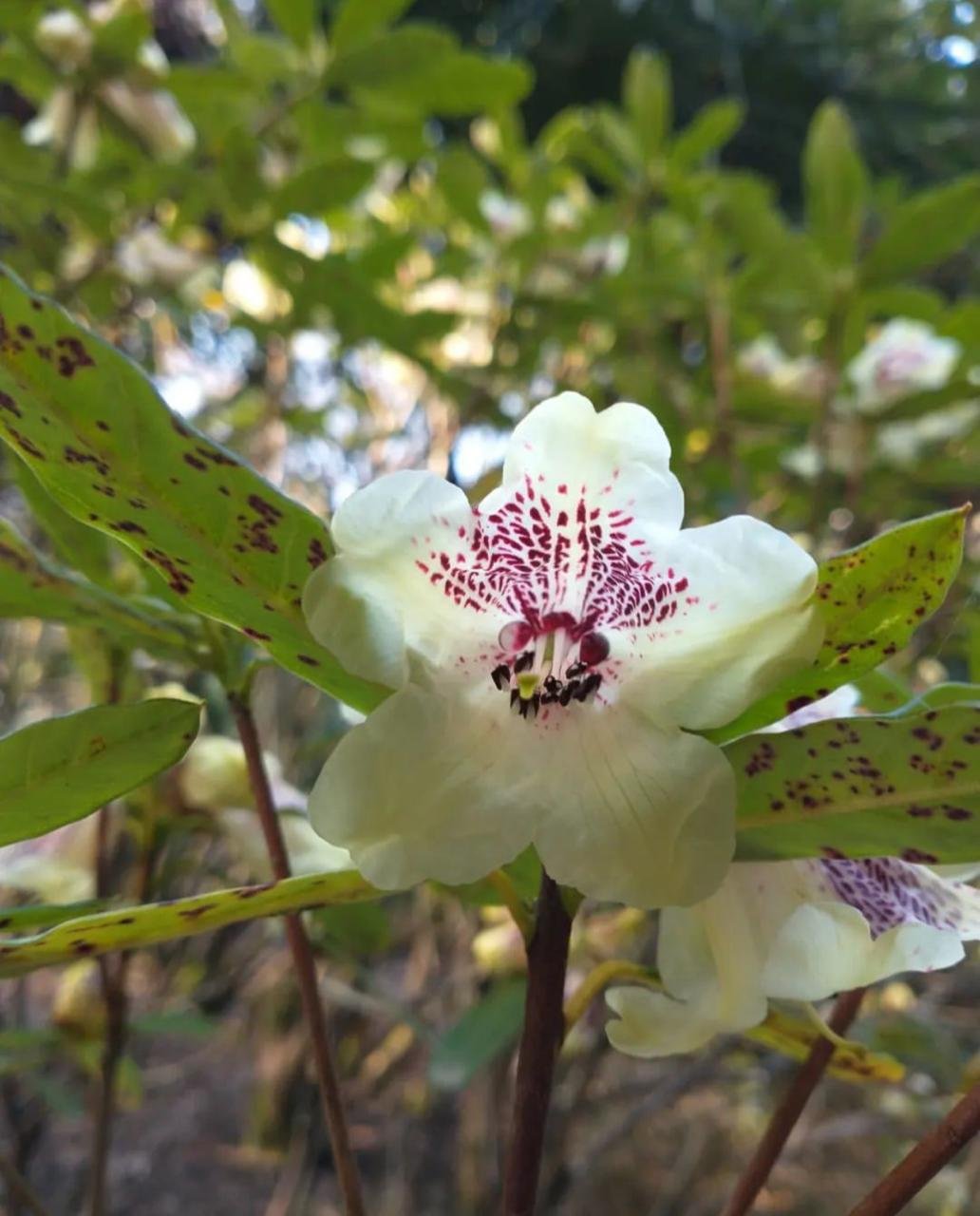Lateral Flow Helps the Garden Grow
Rapid lateral flow test
During the Covid-19 pandemic, rapid lateral flow tests have been distributed all over the country to combat the spread of the virus. We’ve all done them. They aren’t pleasant but the ease with which we can perform the test and get the all-clear has been a great help. However, here at Leonardslee, we’ve been using rapid lateral flow tests on the plants for years!
Rapid lateral flow tests are used in a range of different industries including pharma, environmental testing, animal welfare, food and feed testing and plant and crop health. In horticulture, they are used to detect and stop the spread of unwanted pathogens. Typically, they will have a control line, to confirm that the test is working correctly, along with a test line that shows if the sample contains the pathogen. A sample of the plant is mixed in a solution and a pipet is used to add droplets to a test kit, with a result appearing in minutes.
Beautiful flowers throughout the gardens
Head gardener Jamie Harris manages the Grade I Listed gardens on the 240-acre Leonardslee estate, which features outstanding displays of rhododendrons, azaleas, camellias, magnolias and bluebells. Plants were collected in the 1800s from all over the world by the Loder family, renowned Victorian plant collectors, with 20 rare ‘champion’ trees, many of which are now threatened in their natural habitat. The plant collecting was done by the Beauclerk family during the 1800’s. Sir Edmund Loder didn’t buy Leonardslee until 1889 and concentrated on plant breeding rather than plant hunting and collecting. We have nearly 30 British and Irish Champions and over 70 County Champions.
Jamie and his team know that Leonardslee’s world-renowned rhododendron displays are susceptible to infection from Phytophthora root rot, a pathogen that can wilt the plant and eventually kill it. Found within the soil, these microscopic, fungus-like organisms are known to remain dormant in the ground for many years, even without the presence of a host plant. It spreads by airborne spores and the symptoms of Phytophthora root rot won't be apparent above ground until root decay has long set in. The specific Phytopthora types that we test for are Phytopthora ramorum and Phytopthora kernoviae, also known as ‘sudden oak death’. These are slightly different (but not unrelated) to the Phytopthora root rot that you’ve focused on.
Here is a link to more information: https://www.rhs.org.uk/disease/phytophthora-ramorum-and-pkernoviae
Pathogen in plants
The pathogen is most common in waterlogged soil. However, the symptoms of root rot exhibited by the rhododendron's leaves are very similar to those that arise simply from the waterlogged soil - sparse foliage and branch dieback with yellow, wilting leaves. For this reason, rapid lateral flow testing has been invaluable to Jamie and the gardening team at Leonardslee. We’ve been able to identify and remove rhododendrons with a positive Phytophthora root rot test and stop the spread.
Luckily most of the tests we’ve carried out so far have resulted in a negative result.
Since its major renovation and reopening in 2019, after a decade of closure, Leonardslee has attracted British and international tourists enticed by its year-round floral displays and bustling arts and entertainment programme. It’s with treatment and prevention measures like the lateral flow tests that we are able to ensure that the gardens remain healthy and available for all of us to visit, and for generations to come.
Do visit for great Sussex days out, to walk the dog, family picnics, group tours and more.

